 Back to the Be Inspired Blog
Back to the Be Inspired Blog

How to Build a Herb Garden
There’s nothing quite like stepping outside and snipping fresh herbs for dinner. Whether you’re tossing basil into pasta, adding chives to scrambled eggs, or brewing mint tea, having an herb garden makes cooking and gardening so much more rewarding. Plus, herbs are some of the easiest plants to grow, whether you have a spacious backyard or just a few pots on the patio.
If you're thinking about starting or updating your herb garden, here’s what you need to know—plus a few do’s and don’ts when it comes to planting herbs together.
The 10 Best Herbs to Grow
These herbs are flavorful, easy to care for, and perfect for cooking. The key to success is planting them in well-draining soil and ensuring they get at least six hours of sunlight per day.
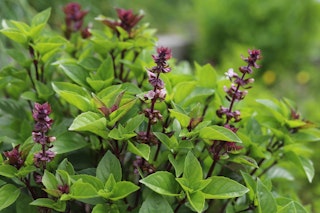
1. Basil
- Tastes like: Sweet, slightly peppery, and a little bit spicy.
- Best used in: Pesto, tomato-based dishes, salads, and pasta.
- Growing tip: Start from seeds in early spring or plant nursery-grown seedlings after the last frost.
- Plant with: Tomatoes, peppers, and oregano.
- Avoid planting with: Sage and rue.
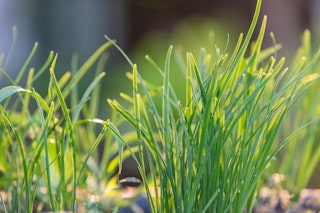
2. Chives
- Tastes like: Mild onion.
- Best used in: Eggs, potatoes, salads, and soups.
- Growing tip: Grows well in both garden beds and containers—snip often to keep them producing.
- Plant with: Carrots, tomatoes, and roses.
- Avoid planting with: Beans and peas.
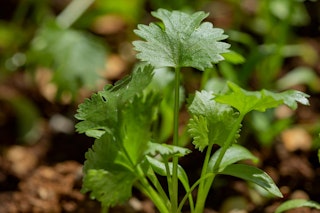
3. Cilantro (Coriander Seeds)
- Tastes like: Fresh, citrusy, and slightly peppery.
- Best used in: Salsa, guacamole, curries, and marinades.
- Growing tip: Sow seeds directly in the garden every few weeks for a continuous harvest.
- Plant with: Basil, dill, and mint.
- Avoid planting with: Fennel.
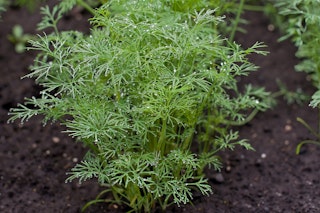
4. Dill
- Tastes like: Bright, grassy, with a hint of anise.
- Best used in: Pickling, fish, soups, and potato dishes.
- Growing tip: Direct-sow seeds in early spring—dill doesn’t transplant well.
- Plant with: Cabbage, cucumbers, and lettuce.
- Avoid planting with: Carrots and tomatoes.
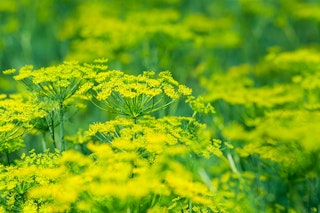
5. Fennel
- Tastes like: Licorice, with a subtle sweetness.
- Best used in: Fish dishes, soups, and salads.
- Growing tip: Fennel prefers to be on its own—it doesn’t play well with others.
- Avoid planting with: Most other herbs, especially cilantro and dill.
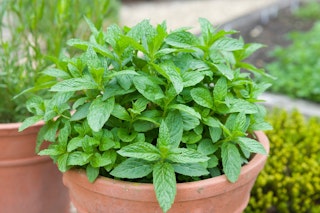
6. Mint
- Tastes like: Fresh, cooling, and slightly sweet.
- Best used in: Tea, desserts, cocktails, and savory dishes like lamb.
- Growing tip: Always plant mint in a container—otherwise, it will take over your garden.
- Plant with: Oregano and rosemary (in separate pots).
- Avoid planting with: Parsley and chamomile.
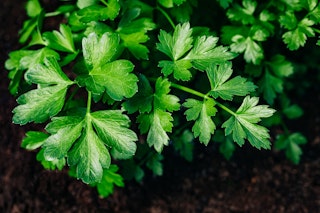
7. Parsley
- Tastes like: Fresh, slightly peppery.
- Best used in: Salads, soups, and sauces—or as a garnish.
- Growing tip: Soak seeds overnight before planting to speed up germination.
- Plant with: Tomatoes and basil.
- Avoid planting with: Mint.
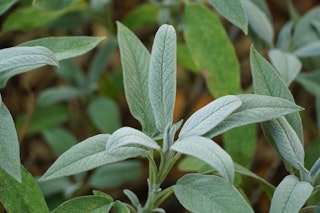
8. Sage
- Tastes like: Earthy, slightly piney.
- Best used in: Stuffing, sausage, and roasted meats.
- Growing tip: Sage loves dry soil, so don’t overwater.
- Plant with: Rosemary and thyme.
- Avoid planting with: Basil and onions.
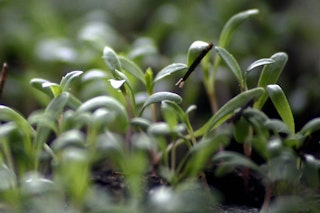
9. Tarragon
- Tastes like: Lightly anise-flavored.
- Best used in: Egg dishes, fish, and sauces.
- Growing tip: Tarragon doesn’t grow true from seed—buy a plant instead.
- Plant with: Eggplants and peppers.
- Avoid planting with: Fennel.
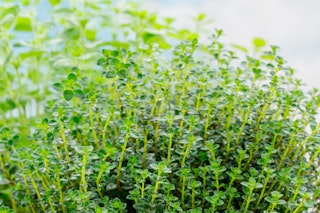
10. Thyme
- Tastes like: Woody, slightly minty.
- Best used in: Roasted meats, soups, and sauces.
- Growing tip: Prefers dry soil, so avoid overwatering.
- Plant with: Cabbage, strawberries, and rosemary.
- Avoid planting with: Basil.
Grouping Herbs by Water Needs
Drought-Tolerant Herbs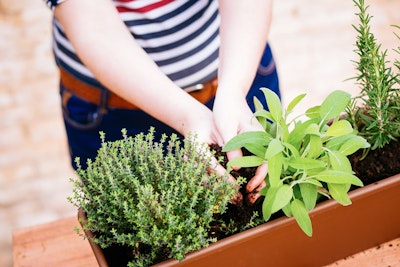
These herbs thrive in dry conditions and prefer to dry out between waterings:
- Rosemary
- Thyme
- Sage
- Oregano
- Lavender
- Marjoram
Moisture-Loving Herbs
These herbs prefer consistently moist soil:
- Basil
- Parsley
- Chives
- Mint
- Cilantro
Best Ways to Grow Herbs
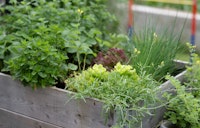 Raised Beds
Raised Beds
Great for well-draining soil and easy access. Keep herbs with similar water needs together.
Containers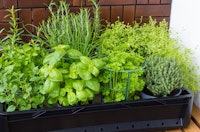
Perfect for patios and small spaces. Use well-draining soil and avoid overcrowding.
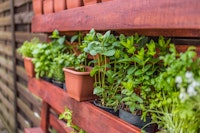 Vertical Herb Gardens
Vertical Herb Gardens
Ideal for maximizing space. Best for trailing herbs like oregano and thyme.
Indoor Herb Gardens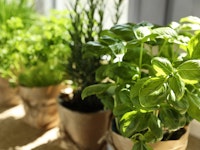
Use a sunny windowsill and self-watering pots for best results.
Quick Herb Gardening Tips
- Group herbs by water needs to make care easier.
- Harvest often to keep plants producing.
- Mulch helps retain moisture in hot climates.
- Provide afternoon shade in warm areas for delicate herbs.
Start Growing Fresh Herbs Today
A well-planned herb garden isn’t just useful—it’s a game-changer in the kitchen. Whether you grow them in the ground, in containers, or on your windowsill, fresh herbs will add incredible flavor to your meals year-round.

